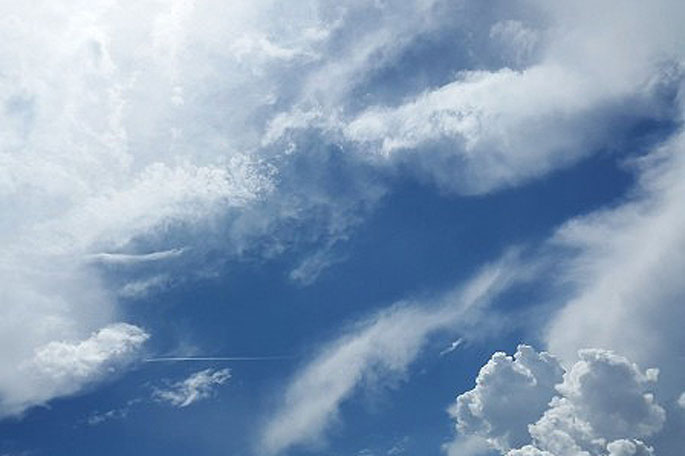A new study is showing the health impacts of air pollution in Mount Maunganui.
Te Whatu Ora has released a health risk assessment that calculates the impacts of air pollution in the Mount Maunganui community.
Toi Te Ora Medical Officer of Health Jim Miller says the study shows that poor air quality is creating significant health risks.
“Industry, traffic, and port activities all contribute to the poor air quality in the Mount Maunganui area.
“The health risk assessment shows that more needs to be done to improve the health and wellbeing of Mount Maunganui residents. Air pollution affects everyone, and improved air quality will benefit the entire Mount Maunganui community.
“Emissions of air contaminants in Mount Maunganui need to be reduced as much as possible and regulatory limits not viewed as a target to pollute up to.
“The current regulations are the minimum required and we need to do better to protect the health of all members of the community.”
The health risk assessment undertaken by Emission Impossible Ltd, on behalf of ESR, was commissioned by Toi Te Ora Public Health in May 2022 due to environmental health concerns about air pollution in the Mount Maunganui community.
The intent of the assessment is to provide information to polluters, regulatory agencies, and the affected community on the potential scale of adverse health outcomes from existing air quality with the aim of working together to reduce discharges.
The report compares the air quality in Mount Maunganui with the nearby suburb of Otūmoetai. It assesses the health impacts of six pollutants.
Dr Miller says the health risk assessment found that particulate matter (PM10 and PM2.5), nitrogen dioxide (NO2) and sulphur dioxide (SO2) all create increased public health risks for Mount Maunganui.
“Identified potential adverse outcomes include premature deaths, a higher frequency of cardiovascular and respiratory hospitalisation, and more restricted activity days.”
Dr Miller says recent monitoring data indicates air quality has improved in several locations in the last three years.
“However, the annual PM10 in the Mount Maunganui Airshed is still high and exceeds World Health Organisation guidelines. The four-year dataset shows that in most locations we have not seen an improvement, which is concerning because it is chronic exposure that has the greatest health impact.”
“This provides an important piece of evidence for the Council and government agencies to consider when enforcing or revising the air quality standards.”
Dr Miller says improved monitoring including testing for more pollutants at key locations is vital to effectively understand the full impact of air pollution in Mount Maunganui.
If anyone has concerns about the effect of air pollution on their health and wellbeing, they should contact their GP or Healthline on 0800 611 116.
Here are the links to the full reports.



2 comments
YES!! AND....
Posted on 24-07-2023 12:06 | By Bruja
I repeatedly phone regarding the 'thick layer of STUFF' all over my car, has been like that for the 3 years I've lived here and 'they' REPEATEDLY REFUSE to take samples and analyse them. Also, while there is normal 'household dust accumulation, the 'dust' on my windowsills is BLACK!!! NOT OK!!
Auckland
Posted on 25-07-2023 05:28 | By Thats Nice
So, possibly any town that has a port, traffic and industry will show the same results?
Leave a Comment
You must be logged in to make a comment.